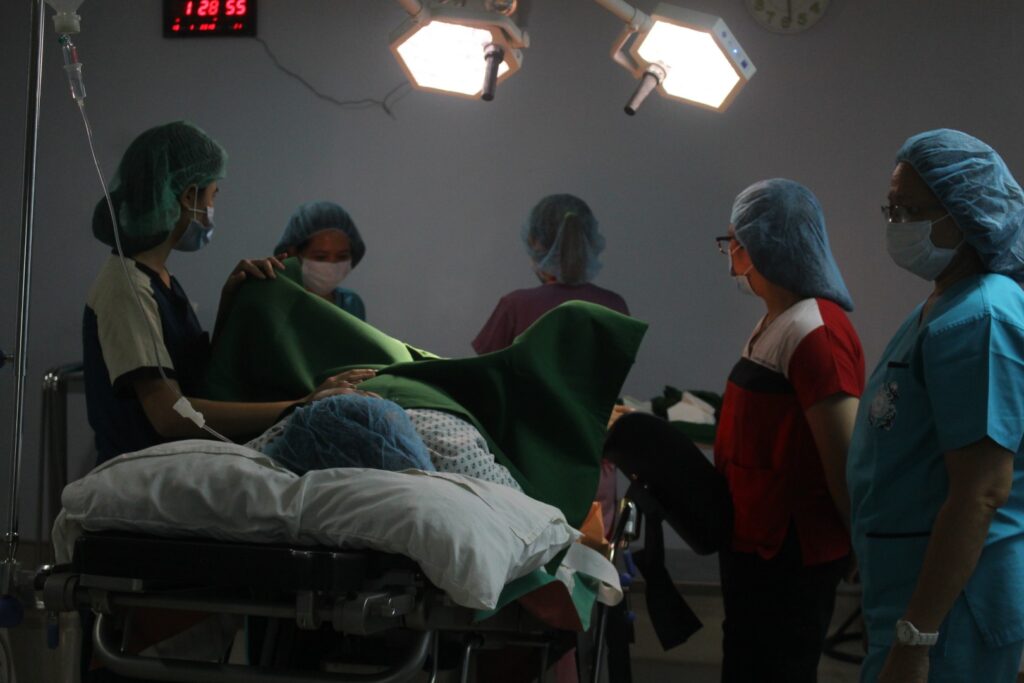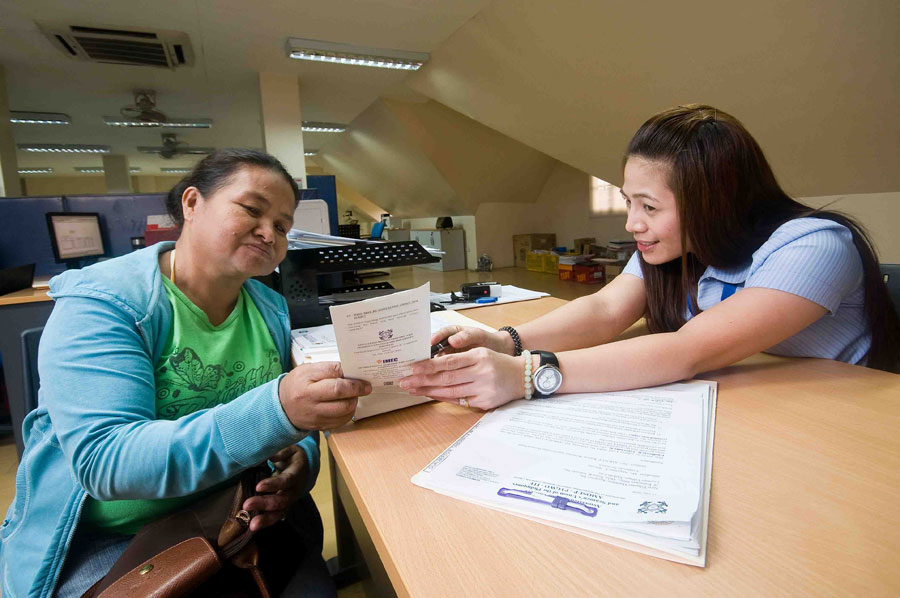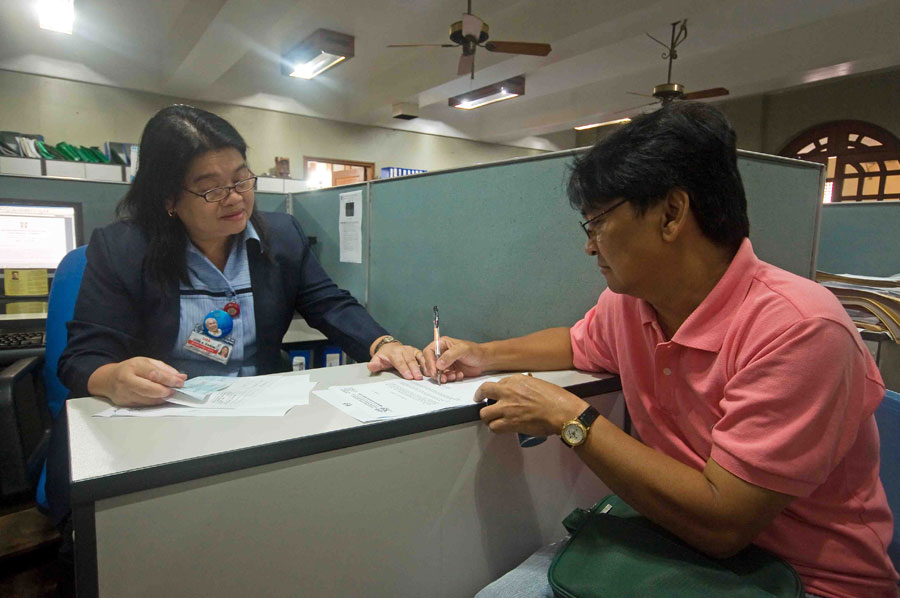
Dr Roderic Ng, head of the hospital’s Hemodialysis Unit, shares the journey of the first successful pregnancy of a hemodialysis patient at the AMOSUP medical facility
The miracle of bringing forth life is made all the more “miraculous” if the mother suffers from a serious illness. This is the story of one of AMOSUP Seamen’s Hospital’s patients with end stage renal disease and is on chronic hemodialysis treatment for the last six years.
Women who are on dialysis during their child-bearing years generally have poor fertility rates and are advised by their physicians that if they happen to become pregnant, their pregnancy will always be treated as a high-risk pregnancy.
This means that women with end-stage renal disease who become pregnant and are on hemodialysis suffer from increased risk for complications; for both the mother and the baby’s health, including their survival. Which is why we normally remind our patients on hemodialysis to think twice about becoming pregnant.
But what happens if a hemodialysis patient does become pregnant? What are the measures we need to take to care for the mother and her unborn child?

Mrs Maricar Socorro’s management required a multidisciplinary approach with both OB GYNE and Nephrology cooperating in her care. She was immediately classified by OB service as a high-risk pregnancy with all the accompanying management and monitoring.
On the part of nephrology, which deals with the physiology and diseases of the kidney, we had to immediately increase the frequency of her dialysis treatments, from the regular thrice to five times a week. She only had two days in a week to rest from her dialysis treatments! Moreover, she required weekly blood tests to make sure that her renal parameters and electrolytes were all balanced lest it affect her gynecologic and obstetrical status.
I gathered the hemodialysis team of nurses and doctors to discuss the approach the renal team would take. Normally a hemodialysis patient is maintained at a certain weight we term “dry weight”. This is the weight in which the patient does not manifest signs of fluid overload as is the usual case in a dialysis patient who is unable to produce anymore urine.
In the case of Mrs. Socorro, we needed to monitor her weight gain with every treatment – five days a week – to account for the weight gain of her growing fetus. We then needed to correlate this steady weight gain with the ultrasound findings of the fetus so as to ensure that the amniotic fluid, which consists of water from the mother’s body, is adequate. Without renal function, the amniotic fluid can become excessive and with dialysis treatment her amniotic fluid can be dramatically decreased.
It was a fine balance that was needed to be maintained. Another factor is the mother’s diet for the proper development of the growing baby. In hemodialysis patients, their diet must be restricted. But in pregnancy, all nutrients must be available for the unborn child. So we needed to increase her dialysis treatments to accommodate the increased dietary requirement of a pregnant patient. Another problem is the increased incidence of hypertension in pregnant dialysis patients. This was present with Mrs Socorro. We needed to monitor closely her daily blood pressures and treat her with safe medications and proper fluid removal during hemodialysis.
It was truly a waiting game for Mrs Socorro for the baby to reach a gestational age where the baby could have the best chance of survival. A challenge taken one day at a time until that fateful day of labor and final delivery. This journey did experience a scare when Mrs. Socorro developed an infection that could have seriously jeopardized the pregnancy. Fortunately, this too was overcome and Mrs Socorro recovered nicely. Before long, the blessed day did come. It was not without some problems, but both mother and child are doing well.
In the history of Seamen’s Hospital, Mrs. Socorro became the first successful pregnancy of a hemodialysis patient. This was indeed an accomplishment that only through the cooperation of many specialties and professionals, AMOSUP and Seamen’s Hospital and with the grace of God, could have reached a happy conclusion.SF
Recommended interventions and target values in pregnant women on dialysis
| Blood pressure control |
| Medications to avoid: diuretics, ACE inhibitors and ARB |
| Preferred treatments: α-methyldopa, labetalol, nifedipine nicardipine, verapamil |
| Maintain diastolic blood pressure between 80 and 90 mmHg |
| Prevent hypotension and volume decrease |
| Prevent metabolic acidosis |
| Intensify dialysis treatment |
| Increase the frequency of dialysis sessions (5–7 per week) |
| Maintain a predialysis BUN <16–18 mmol/L |
| Increase in maternal weight of 1–1.5 kg in the first trimester; thus 0.45–1 kg per week in the last trimester |
| Use the minimum possible dose of heparin |
| Use biocompatible membranes |
| Calcium/phosphorous metabolism |
| Avoid hypocalcaemia and hyperphosphataemia |
| Provide calcium supplementation of 1.5–2 g daily, dietary calcium of 800 mg daily and dialysate calcium of 1.5 mmol/L |
| If necessary, use calcium chelating agents and vitamin D. Avoid post-dialysis hypercalcaemia |
| Anaemia |
| Provide iron (10–15 mg/day) and folic acid (1 mg/day) supplementations |
| Increase of 50–100% EPO dosage |
Source: Pregnancy in end-stage renal disease patients on dialysis: how to achieve a successful delivery. Gianfranco Manisco, Marcello Potì’, Giuseppe Maggiulli, Massimo Di Tullio, Vincenzo Losappio, Luigi Vernaglione. Clin Kidney J. 2015 Jun; 8(3): 293–299. Published online 2015 Mar 19. doi: 10.1093/ckj/sfv016







